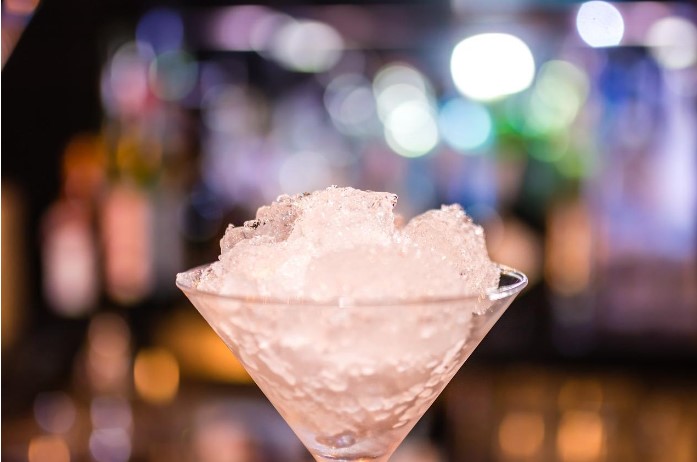Ah, spirits – the enigmatic elixirs that can transport one to the Caribbean shores with a single taste. Among the diverse family of spirits, rum stands tall as the liquid embodiment of tropical tranquillity. But within the rum category lies a fascinating dichotomy between its polar opposites – White Rum and Dark Rum. This post will unfurl the tapestry of aromas and tastes that set these rums apart, appealing to the connoisseur in you who seeks to fortify your knowledge of this varied spirit.
Understanding the Basics
Before we wade into the deep end of dark and white rums, it’s essential to grasp the foundational distinctions. Both rums start with sugar, either from the sugar cane itself, in the form of cane juice, or from its by-products, such as molasses. The key difference begins post-distillation; white rum families are usually unaged or aged for a very short period, preserving the clear, pristine appearance in the bottle. Dark rums available at Vintage Cellars, on the other hand, are often aged for much longer durations in oak barrels that impart the characteristic hues and complexity. This contrast in cask time allows us to taste the rum’s ‘youthful exuberance’ in white rums and the ‘wise mellowness’ in their darker siblings.
The Role of Aging
The amber glow of dark rum is not just visually appealing. It serves as a testament to its ageing process in oak barrels. These barrels, previously containing beverages ranging from bourbon to sherry, play a crucial role in the rum’s flavour development. The interaction between rum and wood carries out a waltz of oxidation, lending the rum the caramel hue and the distinctive roundness in flavour that’s sought after by sippers and mixologists alike. The flavours of vanilla, caramel, and a whisper of oak greet the palate in a well-aged dark rum, whereas the younger white rum’s profile skews cleaner, often delightful in its simplicity.
Flavour Profiles
It’s in the nose and on the tongue where the most telling contrasts between white and dark rum unfold. White rum tends to boast a fresh, slightly sweet aroma, with top notes that float like the zest of an island’s morning breeze. It’s the crisp clarity of a lake at dawn, unencumbered by heavy thoughts or ageing nuances. Dark rum, in contrast, offers a bouquet that’s reminiscent of late sunsets; robust, mellow, and carrying a remembrance of the day’s warmth with deeper, sometimes spiced undertones. The taste, too, reflects this duality – white rum can boast a slightly vegetal sweetness, while dark rum leans towards the richer, often spicier, and perhaps even a tad smokier side of the spectrum.
In the end, choosing between white and dark rum is not a question of ‘better’ but of ‘which’ – which mood, which cocktail, which culinary accompaniment. By appreciating the artistry and the science behind them, one can enjoy the rainbow of flavours that rum offers, from the youngest whites to the most revered, aged darks. Cheers to the diversity of rum, and to you, the discerning drinker, who knows that the rum you pour tells a story as rich as its colour.

